The simha-
mukha yaksha
you can touch the artefact here
you can touch the artefact here
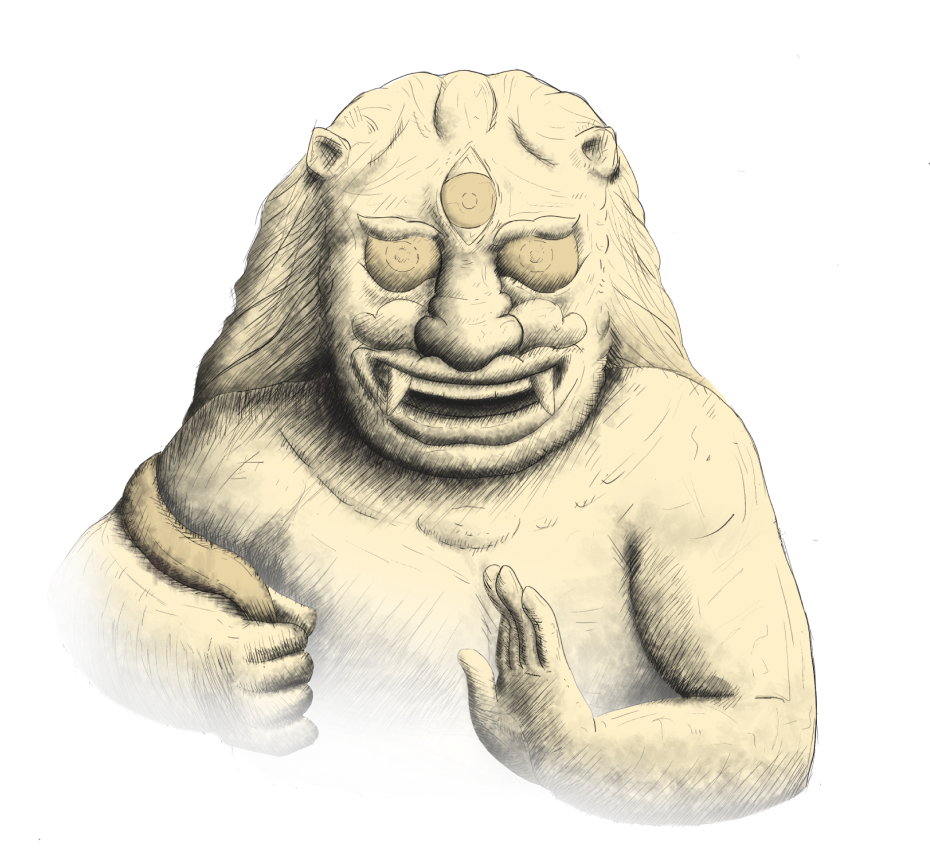
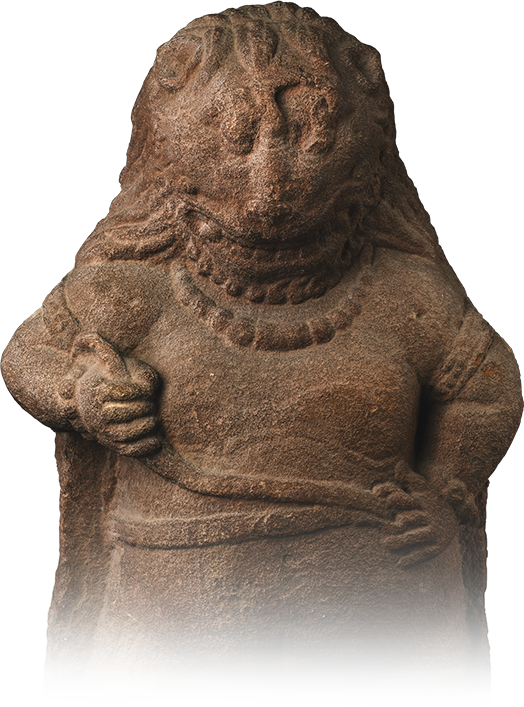
Is a half-man and half-lion supernatural spirit.
-
What am I looking at?
A sculpture from Madhya Pradesh in India, of a Simhamukha Yaksha.
-
What does 'Simhamukha' mean?
In Sanskrit - Simha means ‘lion’ and mukha means ‘face’, hence the ‘lion-faced Yaksha’
-
What is it made of and how big is it?
This sculpture was made using buff sandstone and is 74 × 50 × 20 cm in size.
-
How old is this sculpture?
It was made in the 5th century CE, and thus is over 1600 years old.
KNOW MORE
-
1
Head of a lion
-
2
Sharp canine teeth
-
3
Udarabandha around the body

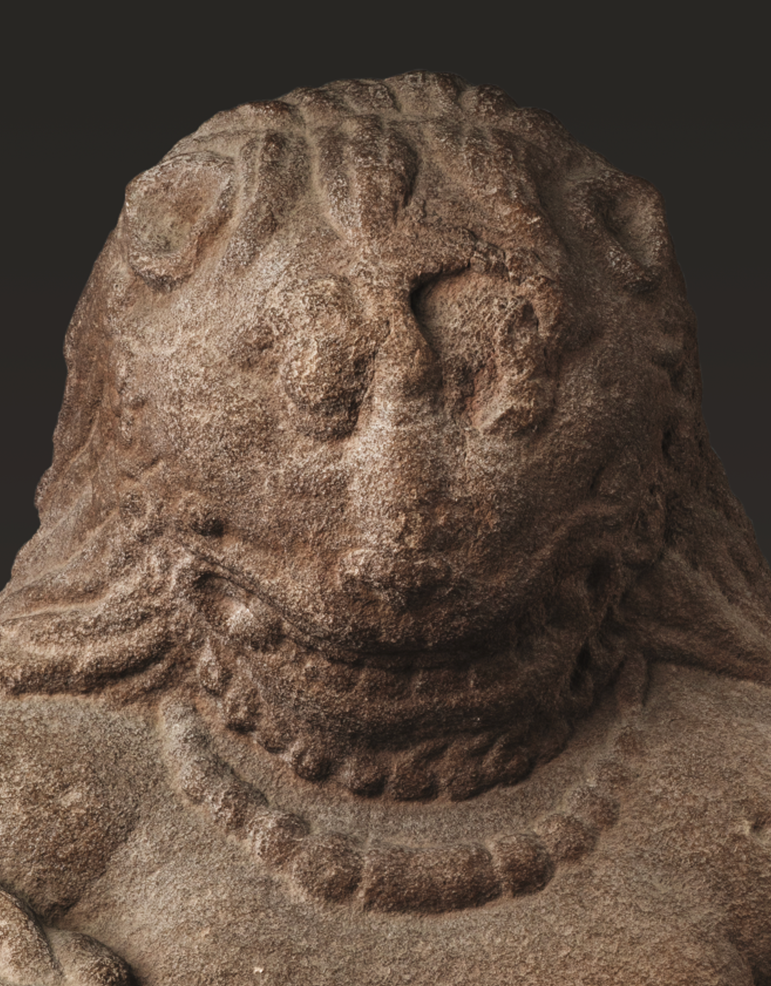
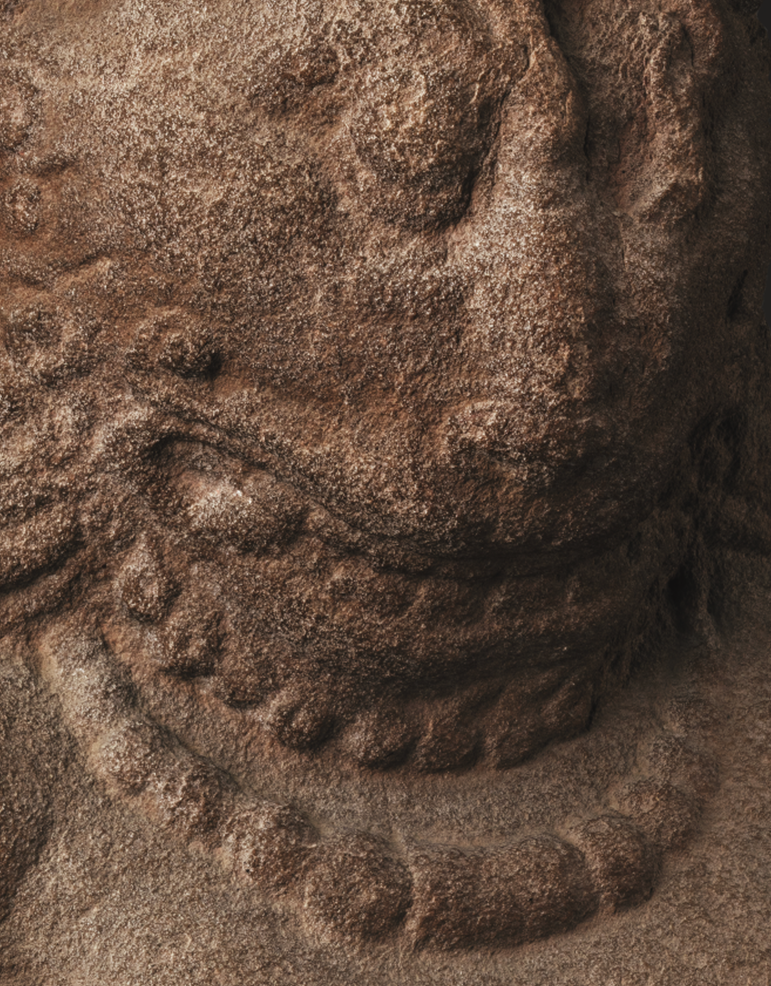
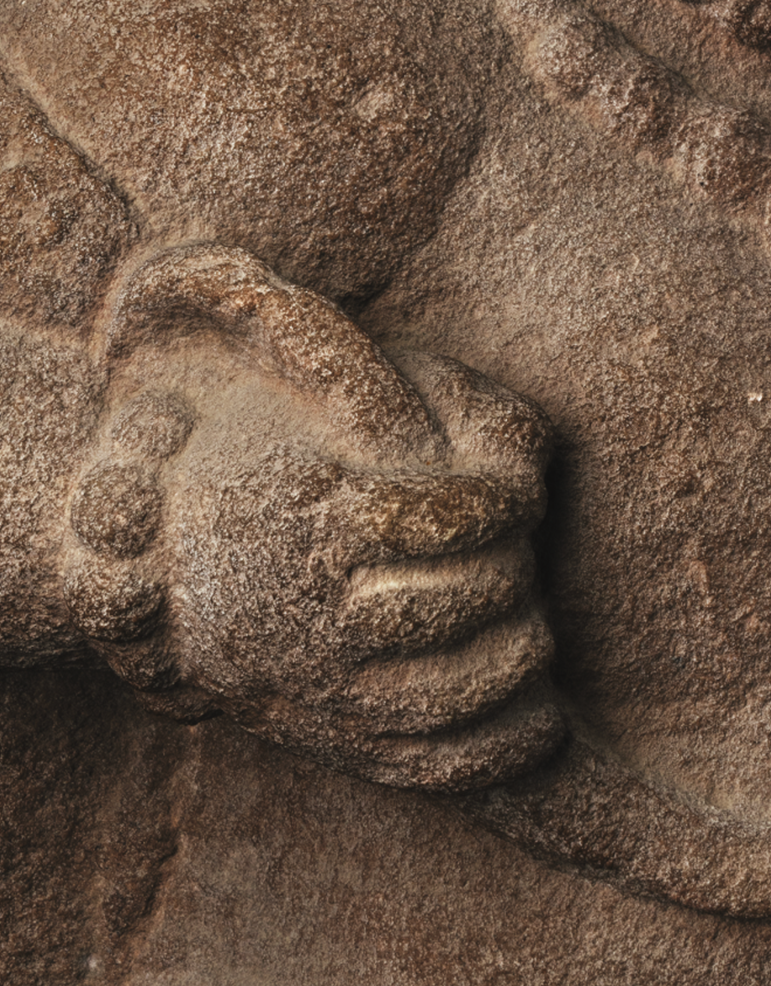
The Simhamukha Yaksha looks like a dwarfed human, except with a lion head, flashing his sharp canine teeth. He is wearing jewellery around his neck. And he is tightening his udarabandha (a belt-like belly band).
Hidden Fact
The mutant form of a yaksha was created to show how monstrous and scary they are. They were also shapeshifters, taking any form at will. People began worshipping them symbolically.
And
did you
know...

India
Yakshas and yakshis are found abundantly in Hindu, Jain and Buddhist texts all over Asia. They are mostly shown in ancient as well as newer temples of South Asia and Southeast Asia as guardian deities.
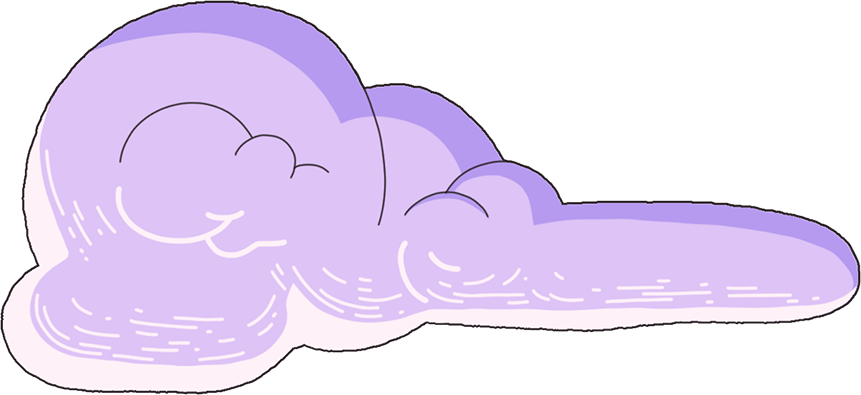










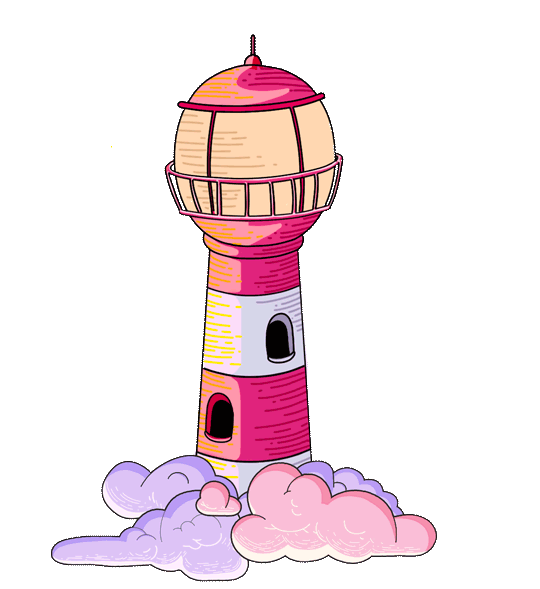

India
Yakshas and yakshis are found abundantly in Hindu, Jain and Buddhist texts all over Asia. They are mostly shown in ancient as well as newer temples of South Asia and Southeast Asia as guardian deities.
where it came from
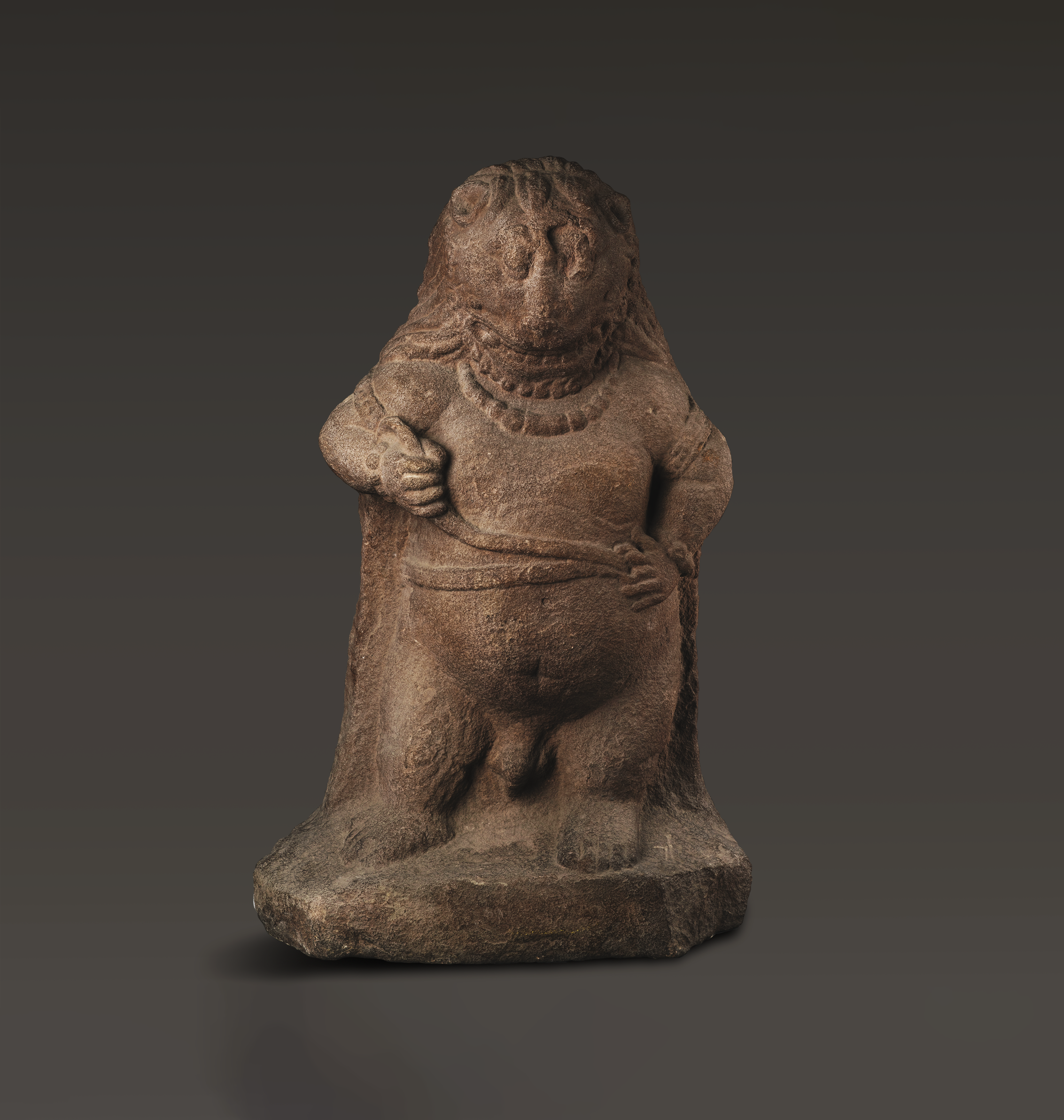
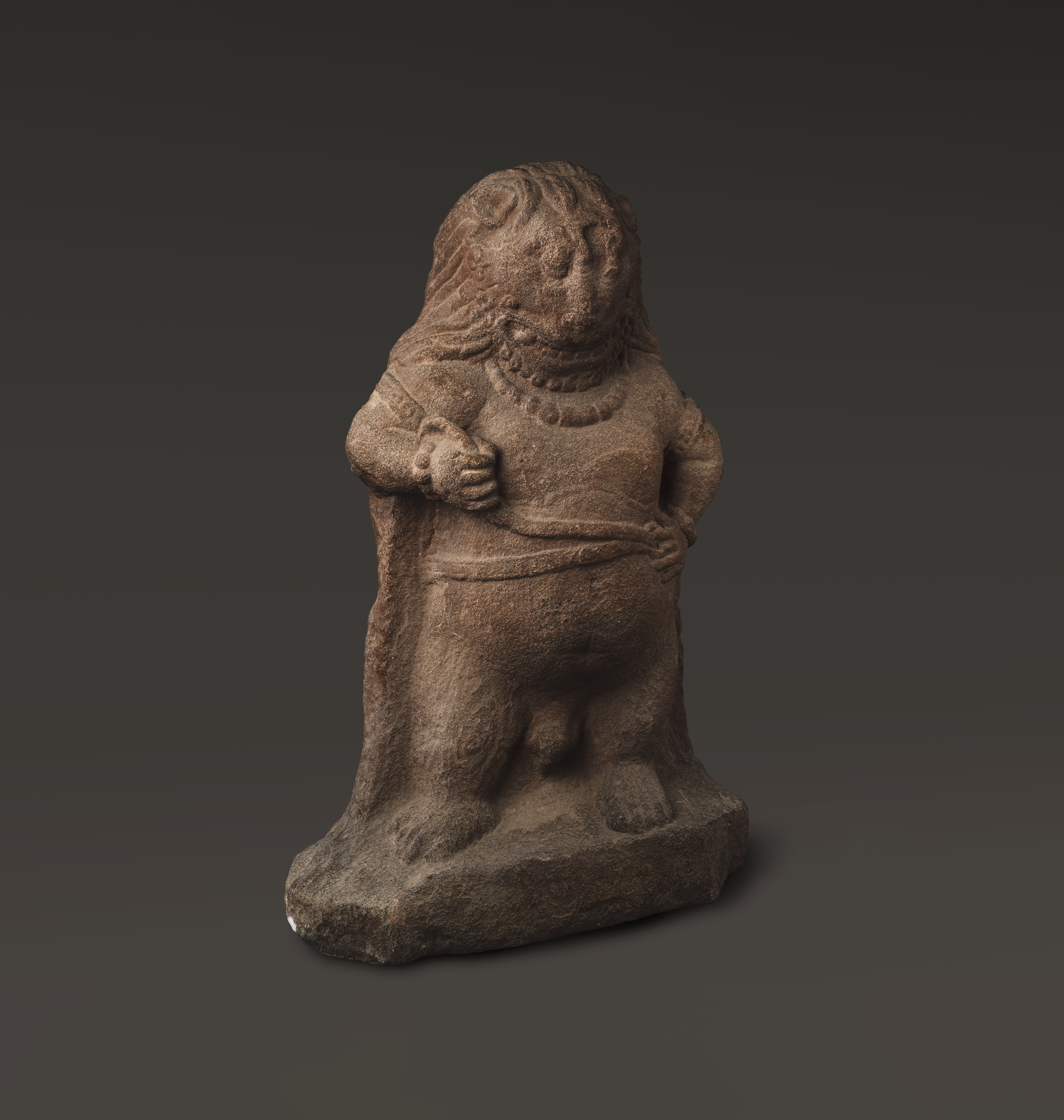
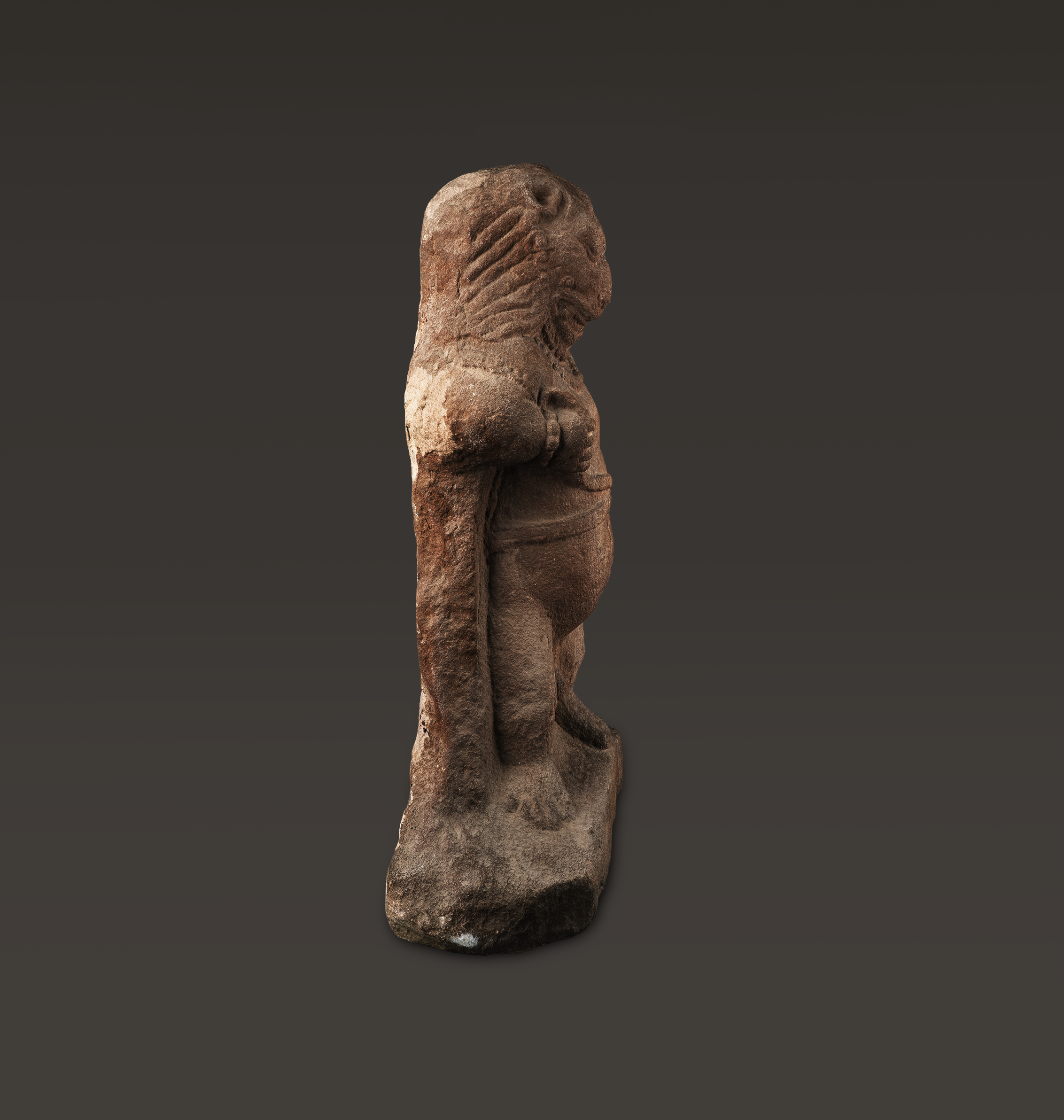


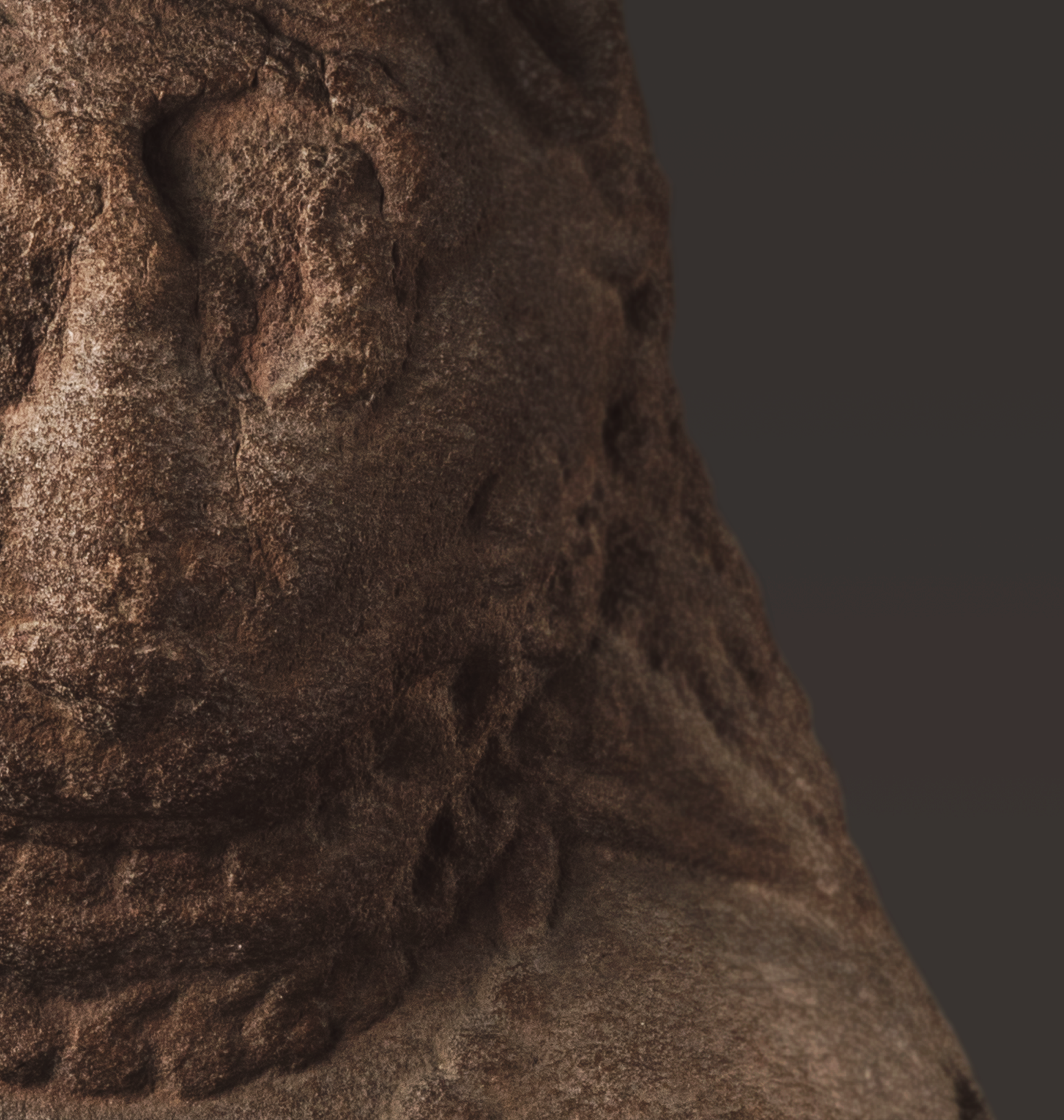
The
Mythology
of Yakshas

Read the story here
click and drag to Continue reading
The Yaksha
Cult
was a folk religion which has come down from the Rigveda.
Buddhist and Jain texts talk about ‘yaksha-ayatanas’ or ‘yaksha-chetiyas’ outside a village where the Buddha and Mahavira are considered to have stayed during their journey. This later resulted in yaksha being included in Buddhist and Jain stories.
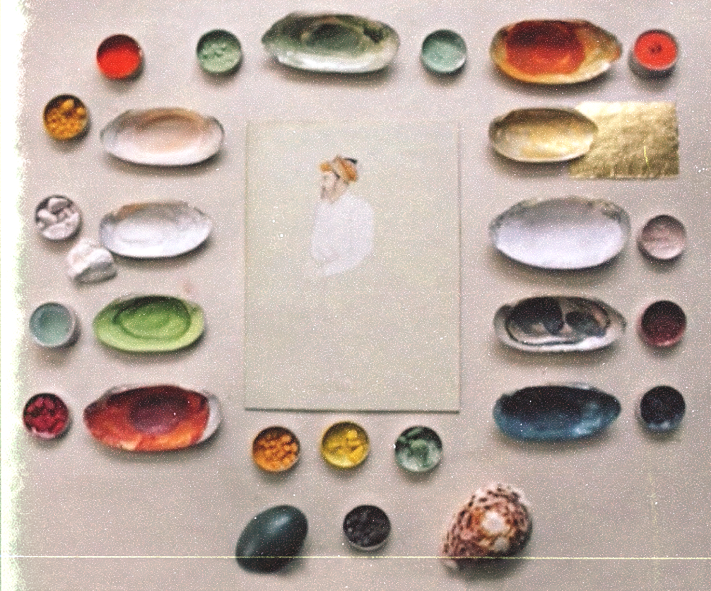
Paints and Tools
of the artist
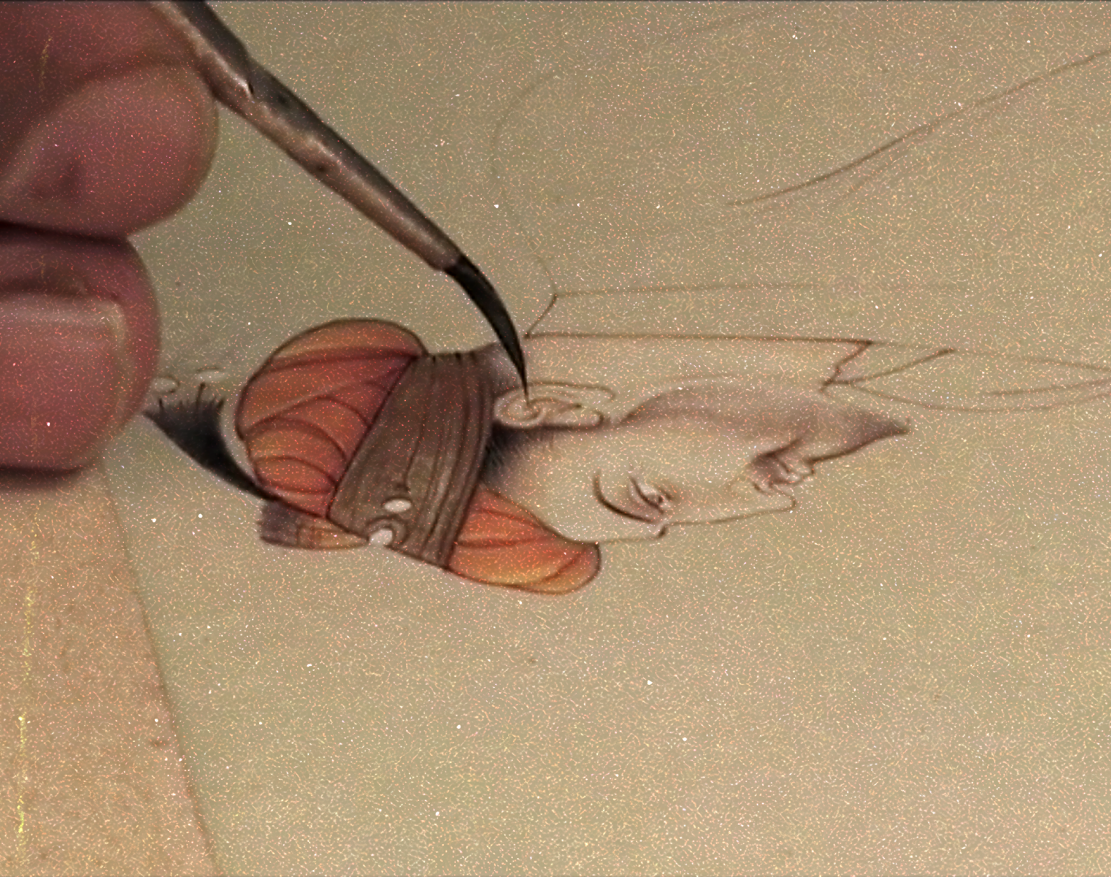
The yaksha has a dual personality.
On the one hand, he may be an generous nature-fairy, but there is also a darker version of the yakshas, a kind of a ghost (bhuta) that haunts the wild, similar to the rakshasas (demons).
ACTIVITY
Create your own yaksha or yakshi by giving it some human and some animal features.
Click here